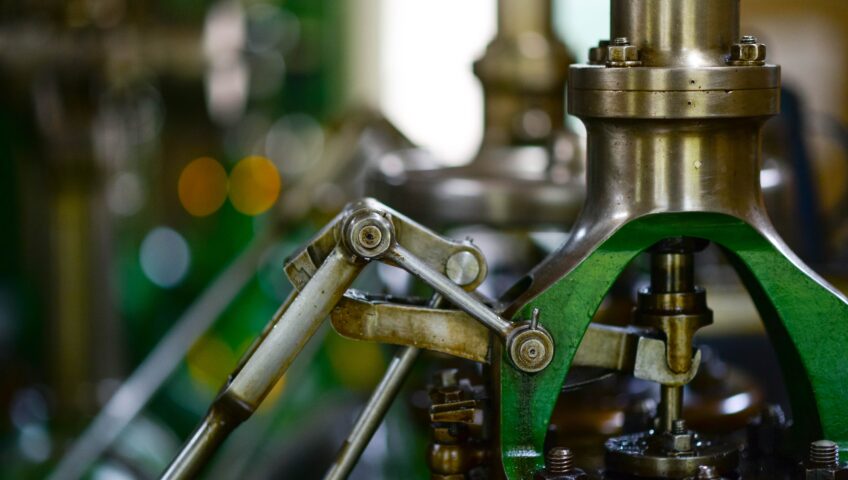A foundation is defined by The Britannica Dictionary as “a usually stone or concrete structure that supports a building from underneath.” In engineering, the foundation can be thought of as the point where the superstructure meets the soil beneath it. Foundations distribute the weights coming from the structure itself to the earth through the connection of the structure to the soil. In special occasions, the connection of the structure can also be to water, known as “floating structures.” Any structure, other than a boat, with a foundation flotation mechanism that enables it to float on water is referred to as a “floating structure.” An example of a floating structure is the newly constructed public park called Little Island, which rises about 200 feet out of the water.
In general, foundations are categorized as shallow or deep. It is generally understood that shallow foundations are constructed close to the earth's surface. Shallow foundations are excellent for buildings that are less than six feet deep, or "transfer loads at a shallow depth," while deep foundations are positioned farther below the surface of the ground and disperse structural loads deep into the earth. Deep foundations are frequently utilized when constructing superstructures like skyscrapers, housing complexes, or shopping malls because they enable a more stable foundation.
Shallow and deep foundations have differences and cannot be compared to each other because both foundations serve different purposes. When selecting a type of foundation, it all depends on the type of project, so it is best to always consult with a professional with engineering experience. A professional will choose the best course of action based on the project.






